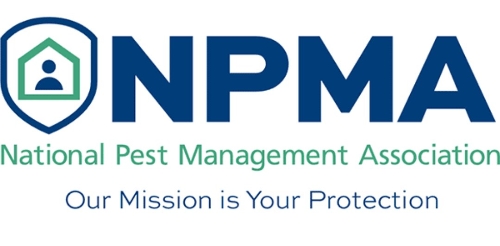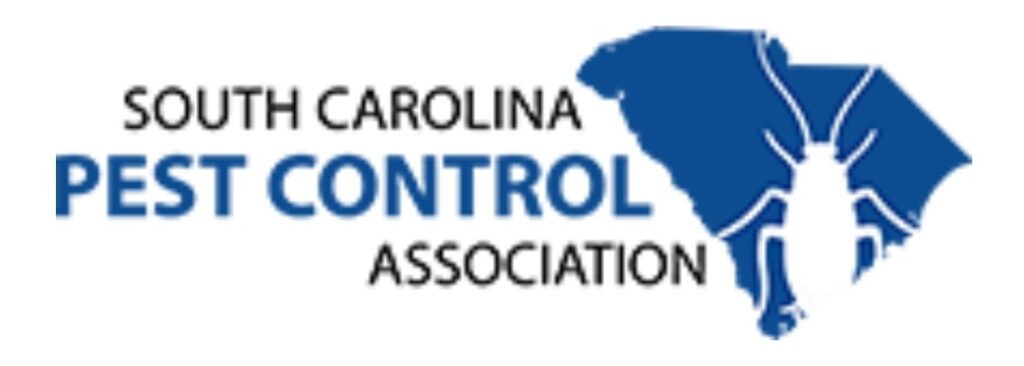You and I are banging heads (virtually, of course) on a topic that, quite frankly, might bug you: pests.
No, we’re not exclusively talking about your unruly teenagers, (God bless their hearts), but those other tiny invaders that run amok in your lawn, basement, attic…you name it.
And guess what? Just like you, pests are heavily influenced by the climate. In this case, South Carolina’s climate.
The Role of South Carolina’s Climate in Shaping Pest Infestations
South Carolina, oh sweet South Carolina, the peach of the American East coast, where our weather is as welcoming as mama’s homemade apple pie. Well, turns out, pests find our climate just as appetizing.
The rising temperatures of our summers followed by the cool winter retreat offer the jazziest tunes for pests to dance all year round, and they do.
Heck, they might just set up a conga line outside the sanctity of your home.
How Weather Conditions Influence Pest Life Cycles
Rain, shine, scorching heat, or winter chills – every day is like a new episode of “Changing Rooms” for pests.
The weather bell rings and voilà – the pests change colors, evolve, and prepare to attack your household’s defense lines under the cover of Mother Nature’s weather orchestra.
Key takeaways?
- Warm summers equals more flea and tick activity
- Stable temperatures in spring and fall means ants are shopping for sugar (from your pantry)
- Wet, moist conditions – party invite for mosquitoes and roaches.
And let’s face it, you’re no Hulk to squash all these pests single-handedly, so understanding weather’s influence on pests can really give you the edge in battle.
The Effects of Temperature on Pest Populations
We’re turning up the heat as we delve into the thermometer’s role in billboarded pest performances.
The Connection Between Temperature Fluctuations and Pest Activity
Pests are a lot like us, put us in an extreme sauna or force us to skinny dip in the Arctic, and we’d all turn to popsicles or melted ice cream fast.
Well, this reality is as true for pests as it is for you and me (well, except for the skinny dipping part – because who’s heard of a cockroach in a bikini, right?).
Pests thrive at specific temperatures and buckle under extreme heat or cold. But unlike Goldilocks, these pesky creatures have figured out how to exploit our year-long temperature fluctuations to their advantage.
Here’s the kicker:
- During the hottest summers, pests like fleas, ticks and cockroaches reach their peak breed-and-feed activity.
- When winter knocks with its frosty fingers, certain pests hibernate while others invite themselves indoors, seeking refuge in your cozy living spaces.
How Pest Breeding and Survival Rates Vary with Temperature Changes
When it comes to pest populations, pointing fingers to temperature is as apt as blaming Pavlov for your dog’s drooling. Tweaks in temperature play a huge role in pest propagation and livelihood.
To lay this out in terms we can all understand:
- Hot = Pest Summer Love: Breeding frenzy for most pests as they cash in on the warm climes.
- Cold = Joint Pest Family Reunion Indoors: Pests seek refuge in warmer, often indoor, environments.
While some pests might not survive the freezing temperatures, others like bed bugs and cockroaches hunker down and mature more slowly, waiting for warmer days like the rest of us.
The Role of Precipitation in Pest Infestations
Let’s go head-to-head (or should I say, raindrop-to-antenna) with the role of rainfall and humidity on our overzealous pests.
The Impact of Rainfall and Humidity on Pest Outbreaks
Ah, rainfall! Nothing sounds more soothing than the gentle drumming of rain while you’re curled up on the couch, diving headfirst into a captivating novel.
Unless… unless your home is turning into downtown for pests who enjoy humidity as much as you enjoy the rain. And folks, they don’t care whether the rain’s falling in Charleston or Columbia; as long as it’s wet enough, you’ll find your house listed on the Pests’ Airbnb!
But why do pests love rainfall? Well, here’s the short of the long drops:
- Wet weather = All-you-can-sip drinking sessions for pests
- Moist environments = Brockenhurst for Pest Countryside Escapes
Behavior Changes and Proliferation of Moisture-Affected Pests
For pests, a damp day is often synonymous with adventure. When it rains, they’re like kids let loose in a candy store.
Just imagine the narratives; termites constructing their wooden Taj Mahal, mosquitoes birthing their fleet in stagnant water, and let’s not forget those slimy buggers (read: slugs and snails) who simply adore sliding on the wet trails.
Annoying, isn’t it?
Well, here’s how you can expect pests to act after downpours:
- Pests like cockroaches and ants might scuttle their derrieres from their dampened lairs straight into your home’s dry warmth.
- A slug or snail congregation might be enjoying a not-so-thrilling rollercoaster ride on your garden plants.
- Don’t be surprised if mosquitoes decide to hold a pool party in any stagnant water around your house (rain barrels, pet bowls, bird baths, you name it!).
Seasonal Climate Factors and Pest Activity in South Carolina
Like your favorite fashion brands, pests have their seasonal collections too!
Seasonal Weather Shifts and Corresponding Pest Trends
You know the drill, Spring welcomes new life, Summer puts tan lines on your skin, Fall witnesses pumpkin pies, and Winter, well winter is all about hot chocolates and bonfire stories.
But ever wondered what’s cooking in the lives of pests when you’re busy enjoying the weather? Well, prepare the popcorn because here’s the seasonal reel:
- Spring Introduction: A fresh start witnessing a surge in ants, cockroaches and termites as nature springs back to life.
- Summer Act: While you’re burying your toes in the sandy beach, mosquitoes, ticks, and fleas are rearing their head up.
- Fall Intermission: Cooler temps slow down past activity, but rodent vacations inside your home start peaking.
- Winter Finale: While you’re all bundled up, pests like bed bugs, rats and cockroaches cozy up for indoor nesting.
Key Pests to Watch During Different Climate Conditions
Let’s face it – the pests are grandmasters at adapting. They’re the David Blaines of the microcosmic world – coming up with tricks to survive, no matter the weather.
A quick dish of what you can expect on your pest-plate according to the weather:
- Sunny Delight: Expect rampant mosquitoes, ticks and fleas nudging you every now and then.
- Bring Me the Horizon, Rain!: Welcome to Rodent-Ville! With rodents scampering inside, driven by the rain, don’t be surprised to have uninvited guests.
- Winter is Coming: Cold but cozy indoors invite bed bugs, cockroaches, and rats to hibernate alongside you.
Adapting Pest Control Strategies According to Climate
Let’s talk science and adapt our pest control strategies according to the ever-changing whims of Mother Nature.
Strategic Planning for Preventive Pest Control Measures
In the pest world, an ounce of prevention is worth a pound of pesticides. So here’s the plan:
- Spring-Cleaning War Plan: More than your wardrobe, pests desire a warm and cozy home. Proactively look for, and seal all possible entry points for a good start.
- Summer Surveillance Initiative: Quick-respond to all standing water situations because if you provide pests with a pool, they’ll bring a party.
- Fall-Proofing Strategies: Keep your food and waste under tight wraps. Remember, one man’s trash is a roach’s treasure.
- Winter Inspection Resolutions: Your house is your fortress, defend it. Look for signs of pests inside your cozy cave, especially the sneaky ones that huddle in during the cold.
Weather-Based Advice for Optimal Pest Management throughout the Year
Adapting strategies based on the changing weather isn’t hard, it just requires a vigilant eye and proactive action. Take some notes:
- Summer Pest Plan: Even pests enjoy a good dip. Be vigilant about any stagnant water and properly manage pools since your backyard shouldn’t act like a pest fertility center.
- Fall Pest Attack: As the weather cools, use sealants or other methods to close potential entrances into your house because trust me, pests love crashing at indoor parties.
- Winter Pest Tactics: If you come across droppings, bite marks, or suspicious noises within the house, it’s high time to switch to action mode.
And there it is folks, all you need to know about South Carolina’s climate influence on pest behavior.
Remember that knowledge is the best pesticide and with what you’ve learned today, you’re well-equipped to tackle these pesky intruders.



